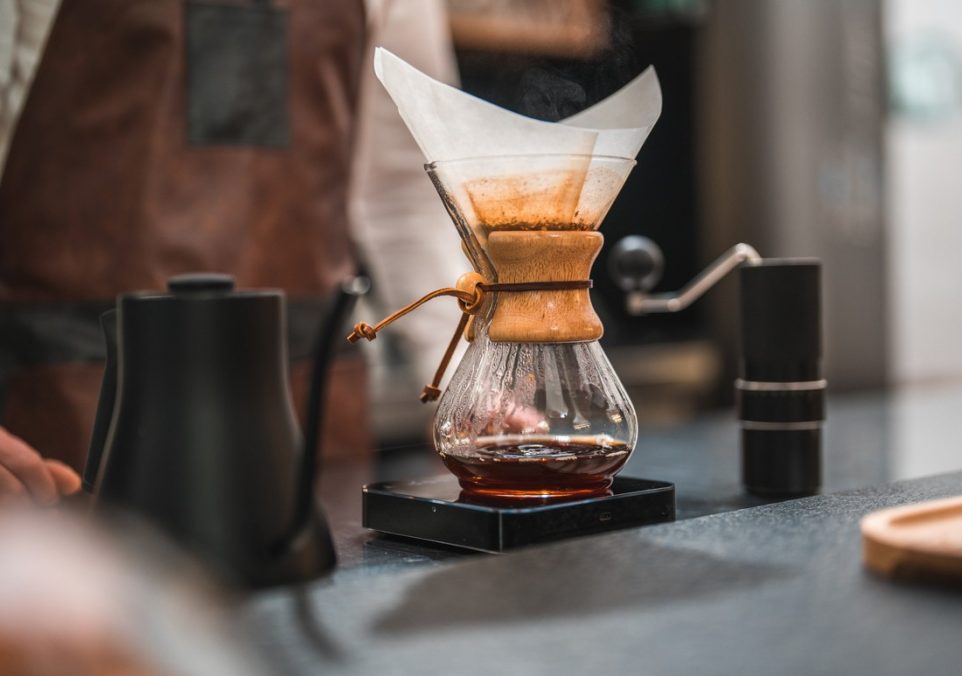How to Brew The Perfect Cup Of Coffee

Waking up to a freshly brewed cup of coffee is one of life’s simple pleasures and a ritual for millions around the globe. While brewing coffee might seem straightforward, subtle nuances in the process can dramatically affect the taste and quality of your final brew. Here’s a comprehensive guide enriched with expert advice to help you brew the best cup of coffee possible.
Selecting Your Coffee Beans
The journey to a perfect cup of coffee begins with the beans. Opt for high-quality, single-origin organic coffee for more distinct, varied flavors, or choose blends for consistency and balance. Whole beans are sometimes recommended over pre-ground coffee, but you can make some great coffee with either if the bean quality is good.
If you’re grinding coffee at home, aim for a uniform grind that suits your brewing method:
- Coarse grind for French press
- Medium grind for drip coffee makers
- Fine grind for espresso
Coffee experts suggest buying beans from reputable local roasters, where you can often sample before purchasing. Air-roasted beans are a fantastic choice, as they typically result in a cleaner, more even roast than traditional methods. You can also choose between normal coffee beans and decaf coffee if want the coffee taste without the buzz of caffeine.
Water Quality and Temperature
Water quality is crucial, making up about 98% of your brew. Use filtered or bottled water if tap water isn’t great in your area. This will avoid off-flavors caused by chlorine or other minerals.
Temperature also plays a critical role in extraction. The ideal brewing temperature is between 195°F and 205°F. Water that’s too hot can extract compounds in coffee that make it bitter and sour. If you’re using a manual method like pour-over or French press, bring water to a boil in your kettle, then let it sit for 30 seconds to reach the correct temperature.
Ratios and Measurement
Precision is key, so a digital scale is recommended. The standard ratio is about 1:15 coffee-to-water. However, this can be adjusted based on personal taste and the specific beans used. For instance, 20 grams of coffee is sufficient for 300 grams (about 10 ounces) of water as a starting point, adjusting to taste.
Brewing Methodology
Each brewing method requires a slightly different approach:
- Pour-Over: Pre-wet the filter to remove any papery residues, then pour a little hot water over the coffee grounds to let them “bloom.” Continue pouring in a slow, steady spiral, allowing the water to extract the coffee evenly
- French Press: After adding hot water to the grounds, stir briefly, then let steep for about four minutes before plunging
- Espresso: Tamping the grounds evenly and firmly is crucial, as uneven or loose packing can result in under-extracted coffee
Extraction Time
The brewing time should be adjusted based on the method to avoid under or over-extraction:
- French Press: 4 minutes is optimal
- Pour-Over: About 3 to 4 minutes, depending on the amount
- Espresso: Typically 20-30 seconds, depending on the machine
Maintenance: Ensuring Consistent Quality
Keeping your coffee maker clean is paramount for taste and equipment longevity. Oils from coffee beans can accumulate and become rancid, altering the flavor of your brew. Regularly clean your coffee machine and grinder according to the manufacturer’s instructions, and consider descaling with a water-vinegar solution every few months to remove mineral buildup.
Our Recipe for Trust: Why Choose Kitchen Institute
At the Kitchen Institute, we're dedicated to providing reliable and accurate information on cooking trends, tips, and product reviews. Our team of passionate food enthusiasts ensures that every piece of content is thoroughly researched and based on real-world experience. We pride ourselves on our comprehensive and unbiased product reviews, rigorous research processes, and commitment to staying current with the latest culinary innovations. Trust us to enhance your culinary journey with quality insights and practical advice.